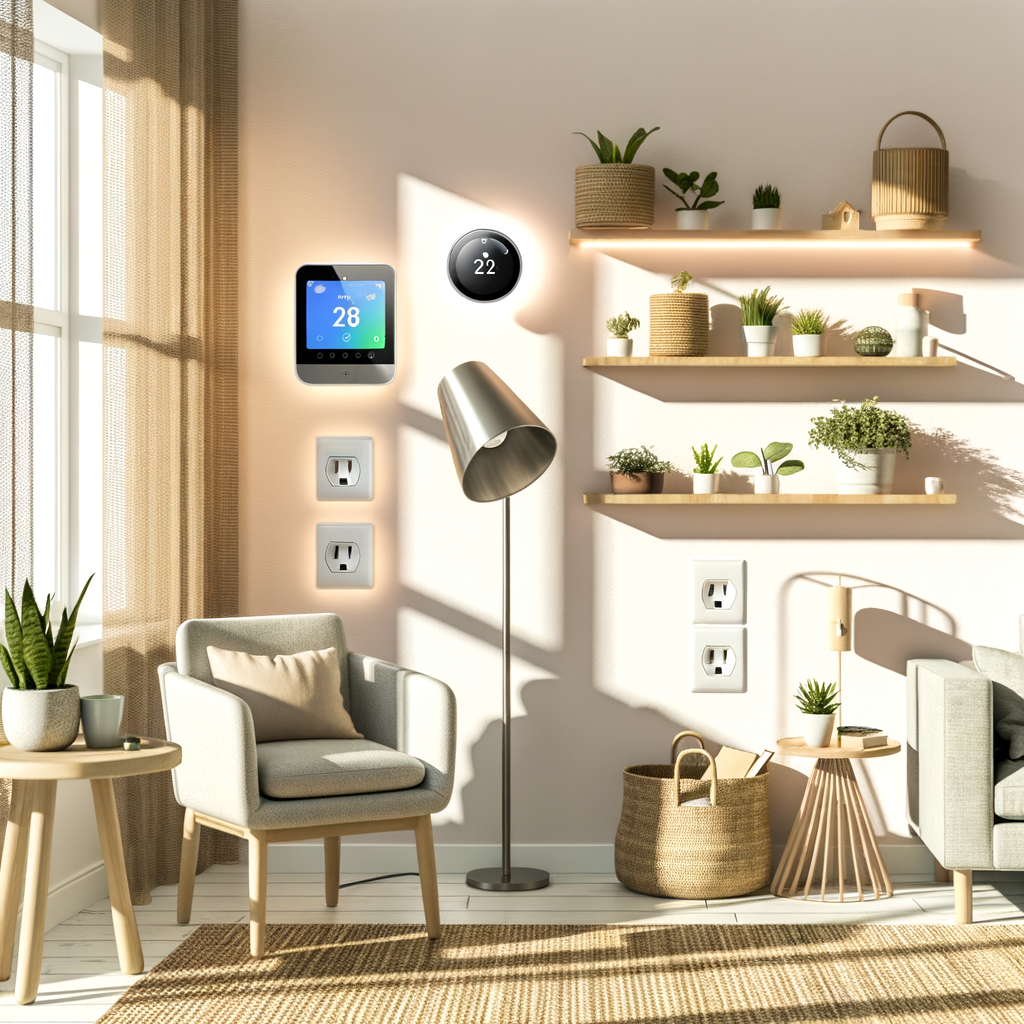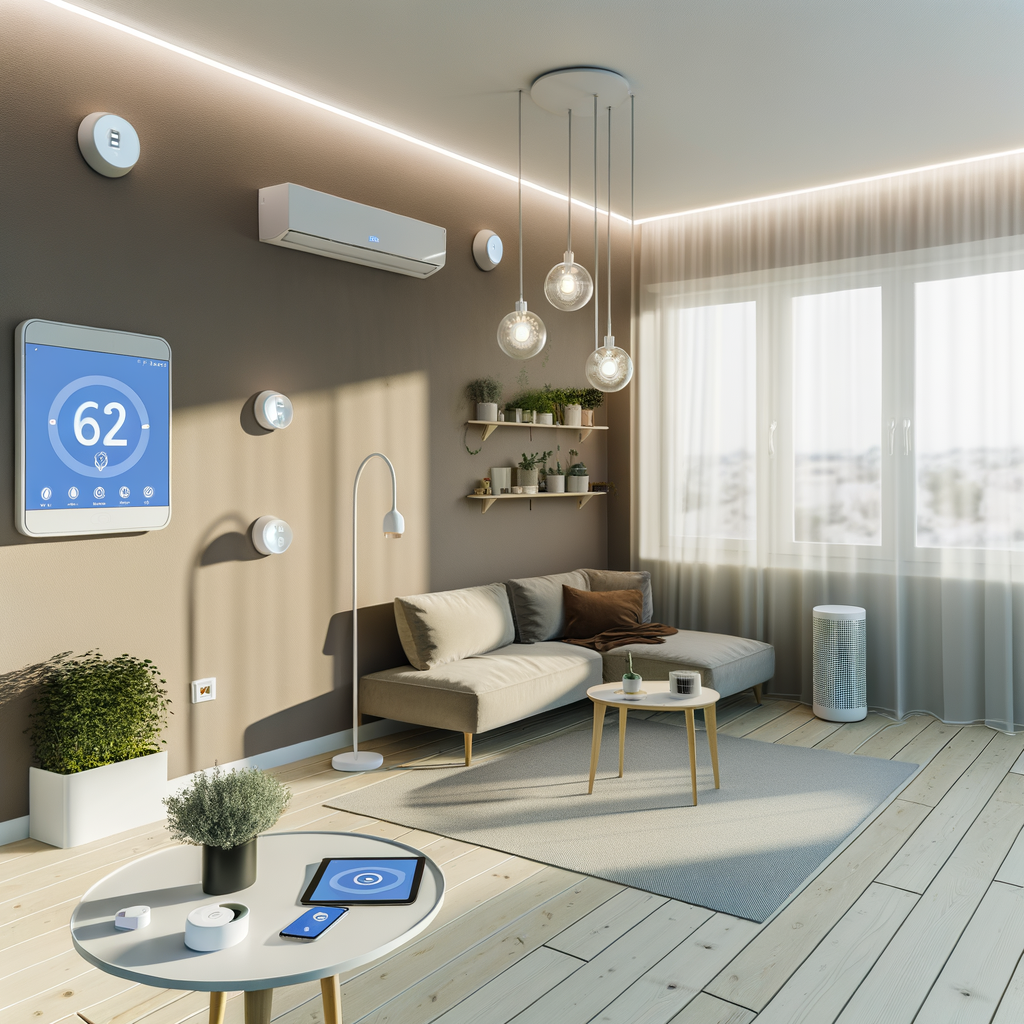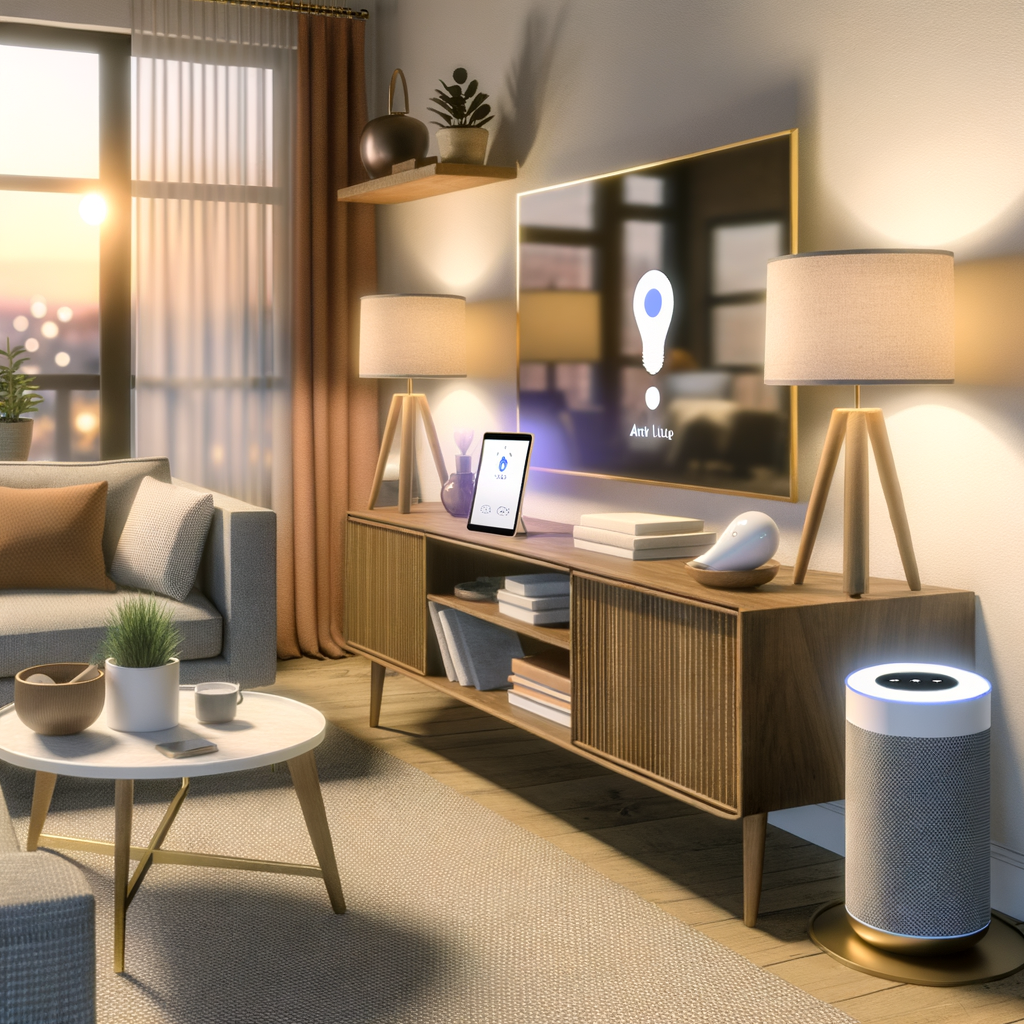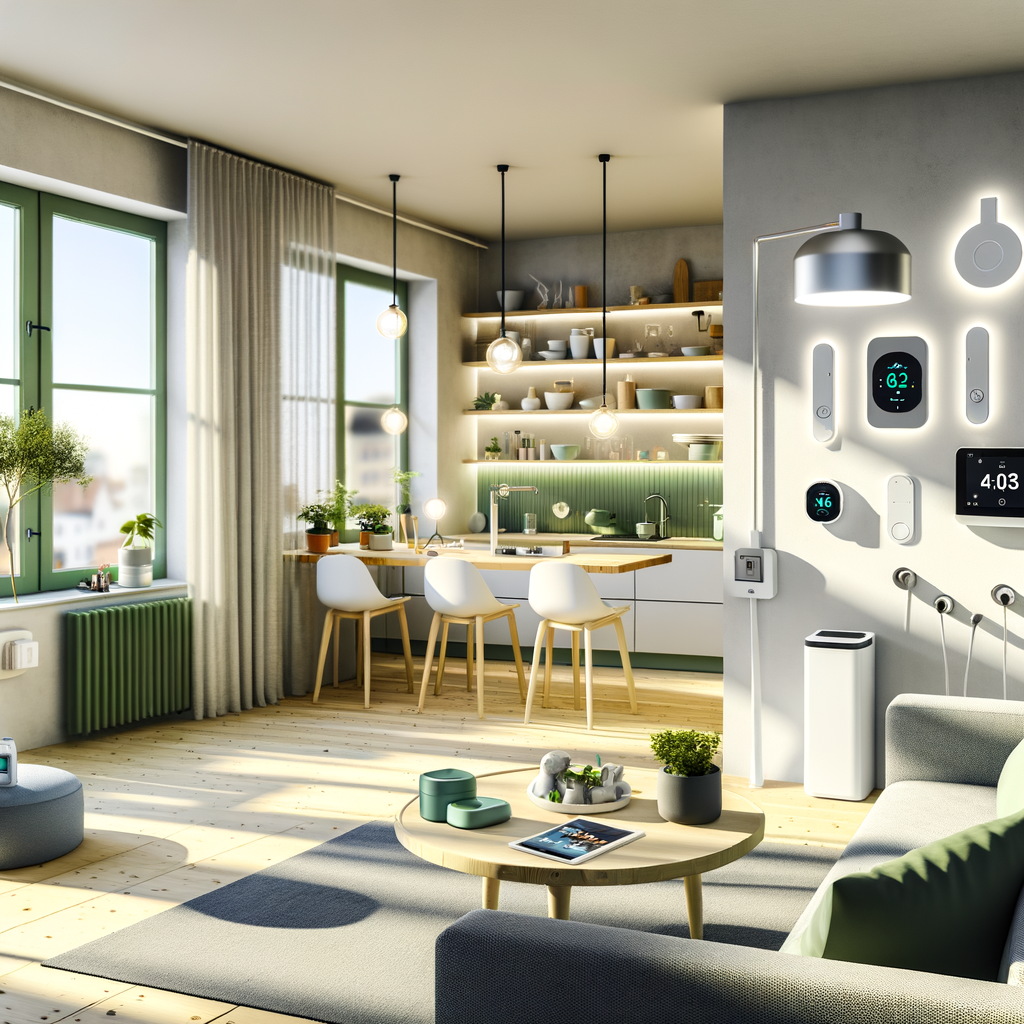How to Turn Your Rental into a Smart, Sustainable Sanctuary for Under $100
Living sustainably isn’t just for homeowners or those with deep pockets. With a little planning and creativity, renters can transform their spaces into smart, eco-friendly havens—without breaking the bank or breaking the rules of their lease. In this guide, discover actionable, renter-friendly tips to create a stylish, sustainable nest for less than $100.
Why Go Smart and Sustainable in Your Rental?
Renters face unique challenges: strict lease agreements, limited control over appliances, and the desire to avoid costly upgrades. But modern tech and clever habits make it easier than ever to:
- Reduce energy bills—and your carbon footprint
- Boost comfort and convenience
- Create a stylish, soothing atmosphere
- Protect your security deposit with reversible upgrades
What’s Possible for Under $100?
Even with just $100, you can start making real, measurable improvements. Here’s how to prioritize:
- Invest in smart devices that plug in (so you don’t need your landlord’s permission)
- Implement low-cost, high-impact swaps—especially for energy, water, and waste reduction
- Choose solutions you can take with you when you move
Step 1: Assess Your Rental’s “Starter” Sustainability Score
Before investing, take 10 minutes to gauge your baseline. Look for:
- Drafty windows? Feel for cold spots or errant breezes.
- Old, inefficient light bulbs? Are most bulbs incandescent or CFL?
- Unplugged electronics (but still plugged in)? Phantom loads can add up.
- Leaky faucets? Listen for drips in kitchen & bathroom.
- Cluttered counters? Consider indoor plants for better air quality.
This “audit” will help you target your $100 for maximum effect.
Step 2: Easy, Impactful Swaps for Energy Efficiency
Upgrade to LED Bulbs
- Cost: $10–$30 (for 4–8 bulbs)
- Impact: Use up to 80% less electricity, last 10x longer
- Pro Tip: Bring your own bulbs to your next rental!
Most rentals are still fitted with energy-sapping bulbs. Swap out the four most-used lights—think bedroom, kitchen, bathroom, and living room—for warm, dimmable LEDs to slash your utility bill.
Smart Plugs for Dumb Appliances
- Cost: $10–$20 per plug
- Impact: Schedule lights, fans, or coffee makers via your phone or voice
- Pro Tip: Track and reduce “phantom load” from electronics left on standby
Smart plugs let you automate or remotely shut off lamps, fans, and other devices. No hardwiring. No landlord permission needed.
Weatherproof Windows Efficiently
- Cost: $10–$20 (for two to four windows)
- Impact: Reduce drafts, noise, and heating/cooling costs
- Pro Tip: Use removable, renter-safe weatherstripping or clear insulation film
Drafty windows are a major culprit in energy waste. Temporary weatherstripping and window insulation kits are cheap, easy to install, and leave no damage behind.
Step 3: Boost Sustainability with Simple Gadgets
Low-Flow Faucet Aerators
- Cost: $5–$10 per aerator
- Impact: Cut water usage up to 50%
- Pro Tip: Most just screw on—no tools needed; take them with you when you move!
Install low-flow aerators on your bathroom and kitchen faucets. They’re nearly invisible but make a measurable difference.
Smart Thermostat Alternatives
- Cost: $15–$30 (for programmable radiator or A/C plug controllers)
- Impact: Save on heating and cooling, even if you can’t swap out the landlord’s thermostat
If your home uses plug-in heaters or window A/C, smart plugs with scheduling functions let you automate temperature control to save both money and energy.
Battery-Operated Smart Sensors
- Cost: $10–$25 per sensor
- Impact: Monitor temperature, humidity, or indoor air quality for healthier living
Portable sensors let you check your space for unhealthy air, excess humidity, or room-by-room temperature changes—data you can act on!
Step 4: Incorporate Eco-Friendly, Mood-Boosting Decor
Houseplants for Air Quality
- Cost: $5–$20 per plant (try snake plants, pothos, or spider plants)
- Impact: Purify air, add calming, biophilic beauty
- Pro Tip: Start with easy-care varieties safe for pets, if you have them
Plant a greener, healthier vibe with a couple of low-maintenance houseplants. They’re inexpensive, portable, and proven to reduce indoor pollutants.
Secondhand & Upcycled Finds
- Check local thrift stores, Facebook Marketplace, or neighborhood swaps for items like rugs, side tables, or lamps.
- Get creative with old jars, baskets, or trays for stylish storage or planters.
- Reduce waste (and cost!) by embracing the circular economy.
Step 5: Adopt Smarter, Greener Habits
No tech required for the biggest impact—just rethink your daily habits:
- Unplug (or power off) devices when not in use
- Air dry clothes on a folding rack instead of always using the dryer
- Shorten showers to conserve water
- Recycle and compost if possible (even small scale, like using a bokashi bin under the sink)
- Use natural light during the day—open blinds and use mirrors to boost brightness
Sample Budget: Smart & Sustainable Upgrades Under $100
Here’s how you might allocate your $100 budget for maximum, portable impact:
- 4-pack LED Bulbs: $15
- 1 Renter-friendly Smart Plug: $12
- 2 Low-Flow Faucet Aerators: $10
- Weatherstripping/Window Insulation Kit: $15
- 2 Houseplants: $15
- Battery-Operated Climate Sensor: $20
- Upcycled Decor (thrift store finds): $10
Total: $97
FAQs About Smart, Sustainable Renting
Can I really make an impact if I’m just renting?
Absolutely! Small, smart choices add up—better efficiency, lower bills, improved comfort, and a healthier living environment, all without permanent changes.
Will these upgrades violate my lease?
All of these solutions are non-permanent and reversible. (Always check your lease and ask if you’re unsure!) Items like smart plugs, LED bulbs, and window kits install without tools or damage.
How do I take my upgrades with me?
The beauty of plug




